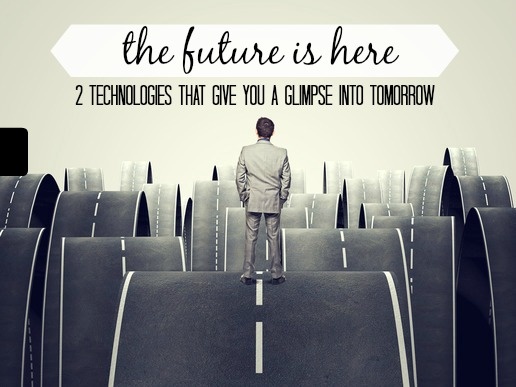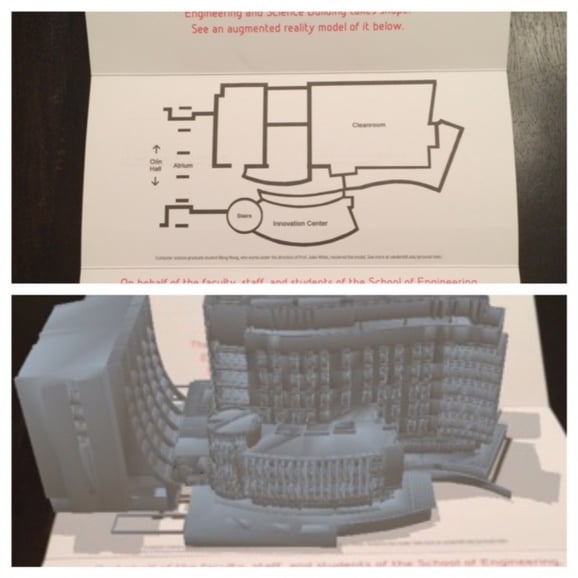How was your teleport to work today? How is the coffee that the robot barista brewed for you? What time is our hologram meeting with London? These are sample questions that you and I have never asked each other…yet. Perhaps someday in the distant future we will. Until then, let’s look at the future that faces us today.
I recently had two experiences that confirmed the future is here. I have been fascinated about these two future trends and it appears they are closer than ever before to completely changing the way we live and work.
The Internet of Things
This is the idea that everyday objects (such as coffee makers, refrigerators, power drills, lamps, clothes, and almost anything else you can think of) will have network connectivity, allowing them to send and receive data. Cisco has predicted that we will have over 50 billion connected devices by 2020 and the Internet of Things market will hit $7.1 trillion by 2020.
The Internet of Things (IoT) is poised for a tipping point as the cost of connecting things is decreasing while censor and mobile device penetration is increasing. In the near future, anything that can be connected, will be connected. This accelerated connectivity will expand our relationships to people-to-people, people-to-things, and things-to-things.
I recently experienced what an IoT world will look and feel like when I visited the new College Football Hall of Fame and Chick-fil-a Fan Experience in Atlanta, GA. Upon entering the building you are encouraged to sync the badge around your neck with your name, email, and a university (preferably your alma mater). Once synced the badge is your key to a customized experience.
As you approach displays throughout the experience, it connects with your badge and content related to your university is displayed. (Click here to see a video example.) In addition, any video or audio that you create during the interactive portions are saved to your profile so that you can revisit the files on the web and share it with family or friends.
Security and privacy are the top concerns surrounding IoT, many of which are valid. As with any new technology or culture shift there are growing pains. The concerns are the same when credit cards first came out. Can you imagine the security concerns in the mind of the first person to ever swipe their credit card at a gas station? Yikes…but today we don’t think twice about it. It’s typical to be skeptical at first of new innovations, but ultimately we adapt.
Augmented Reality
Augmented Reality (AR) is a technology that superimposes a computer-generated image on a user’s view of the real world. As more and more “things” are connected to the Internet, AR becomes more and more of a reality.
Imagine browsing life like you browse the web. Every surface, object, and environment could be a portal to something digital. Travel, shopping, medical, and education are poised to take advantage of this new technology.
BMW is beginning to use AR with a heads-up display on the windshield that displays navigation to the driver. IKEA recently put an augmented reality application in their catalog where consumers could use a mobile device to see the furniture leap off the page and display a 3D video of the furniture in use.
I recently had a similar experience when a university sent me a notice about the plans for building a new on-campus facility. Instead of using words or 2D images to describe the future facility, they provided instructions on how to download an app to then view the 3D image through a mobile device. The top picture is without AR and the bottom picture is using the AR app.
Question: Are you excited for what the future holds? Why or why not?
Consider Ryan to be your next keynote speaker by clicking here...
![]()







